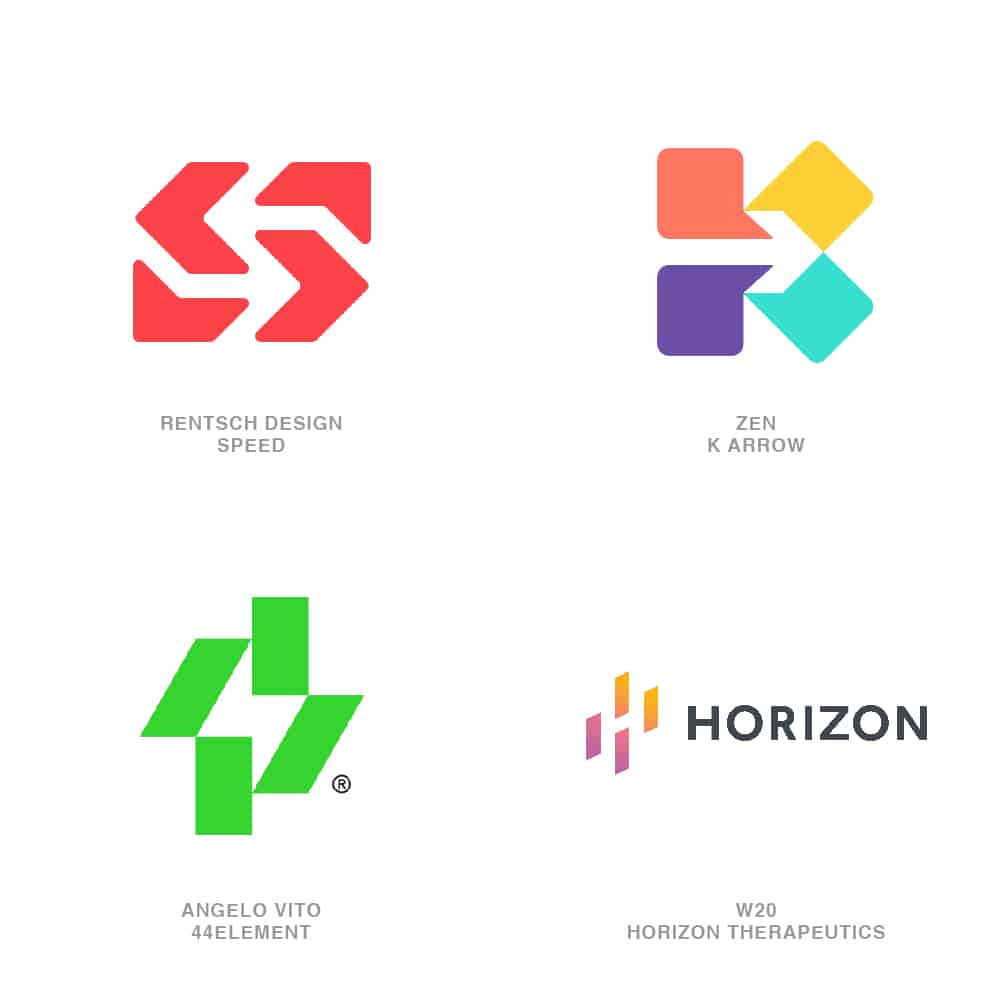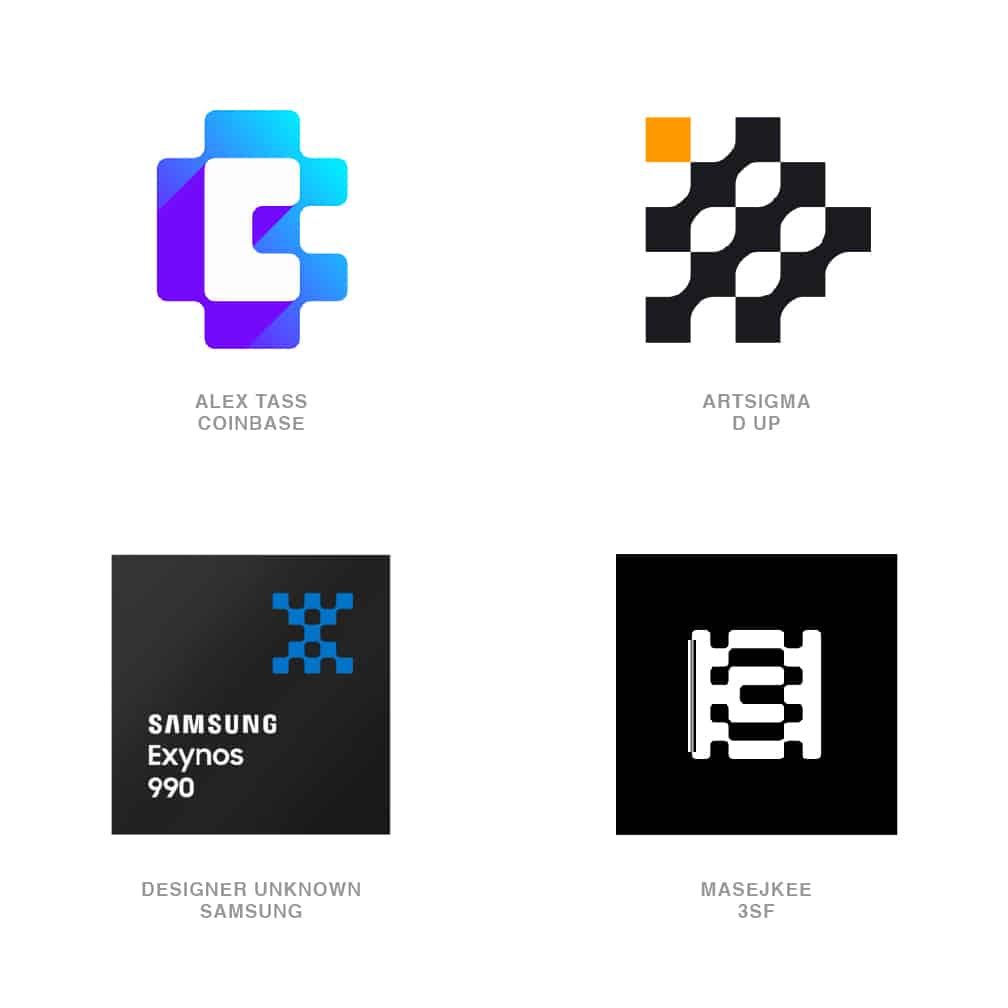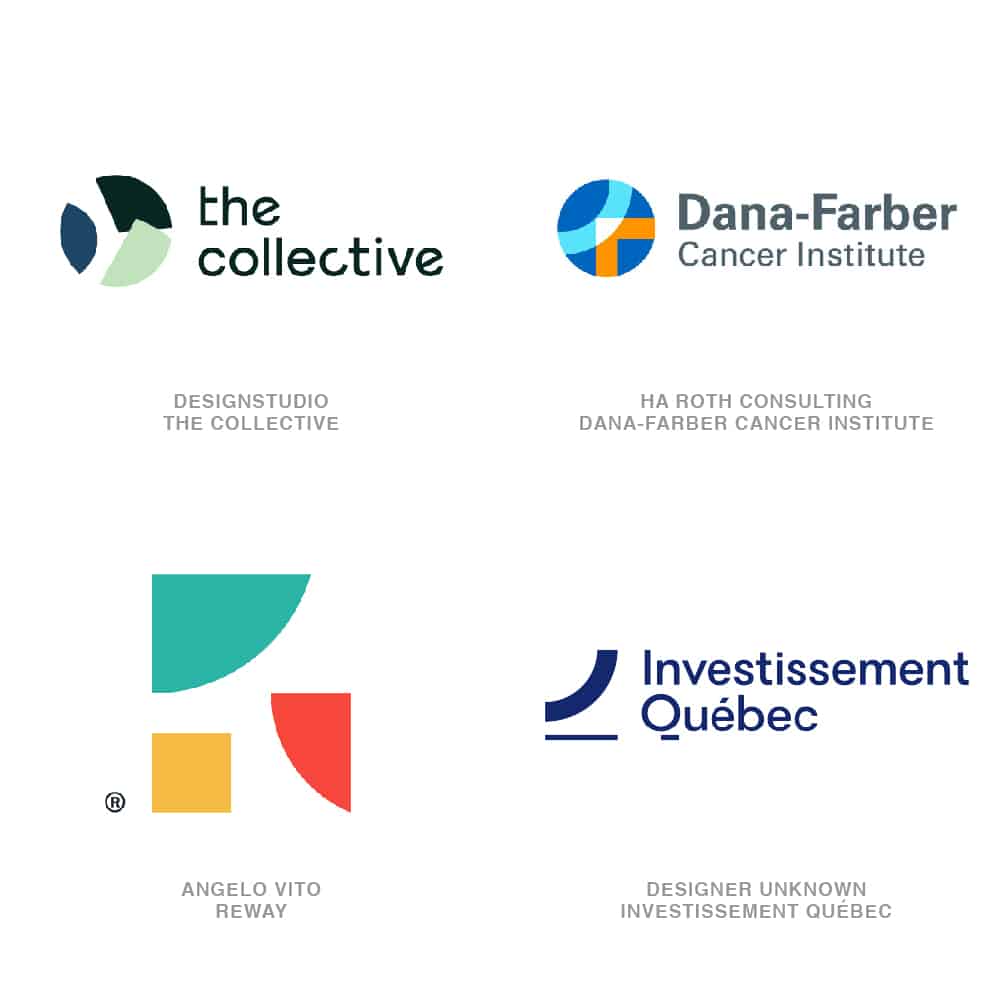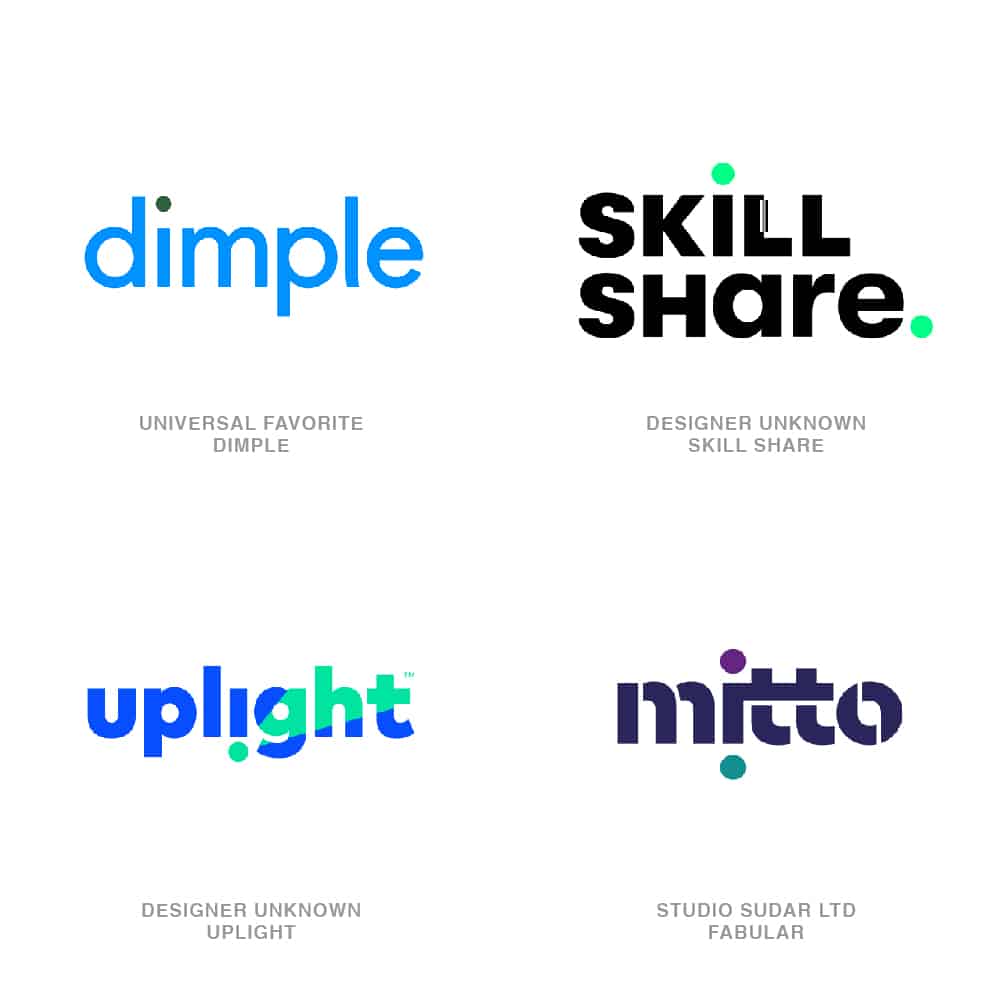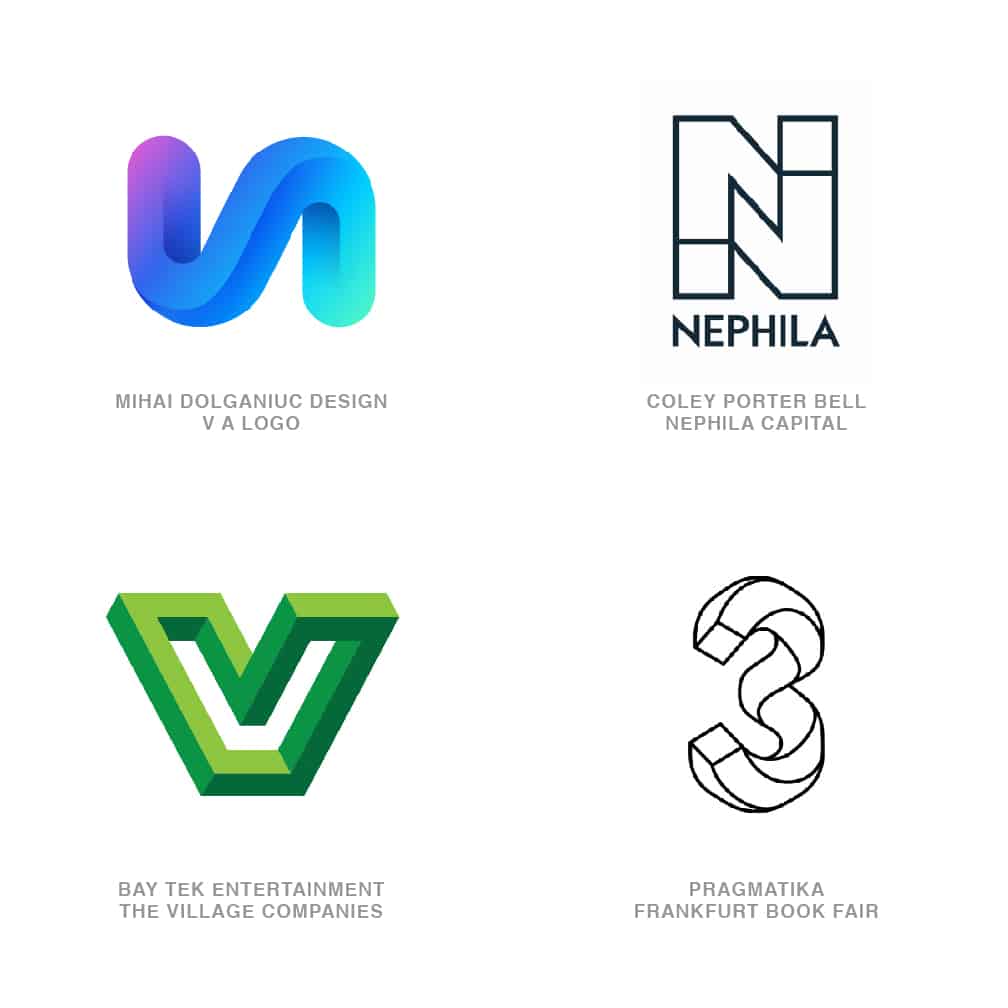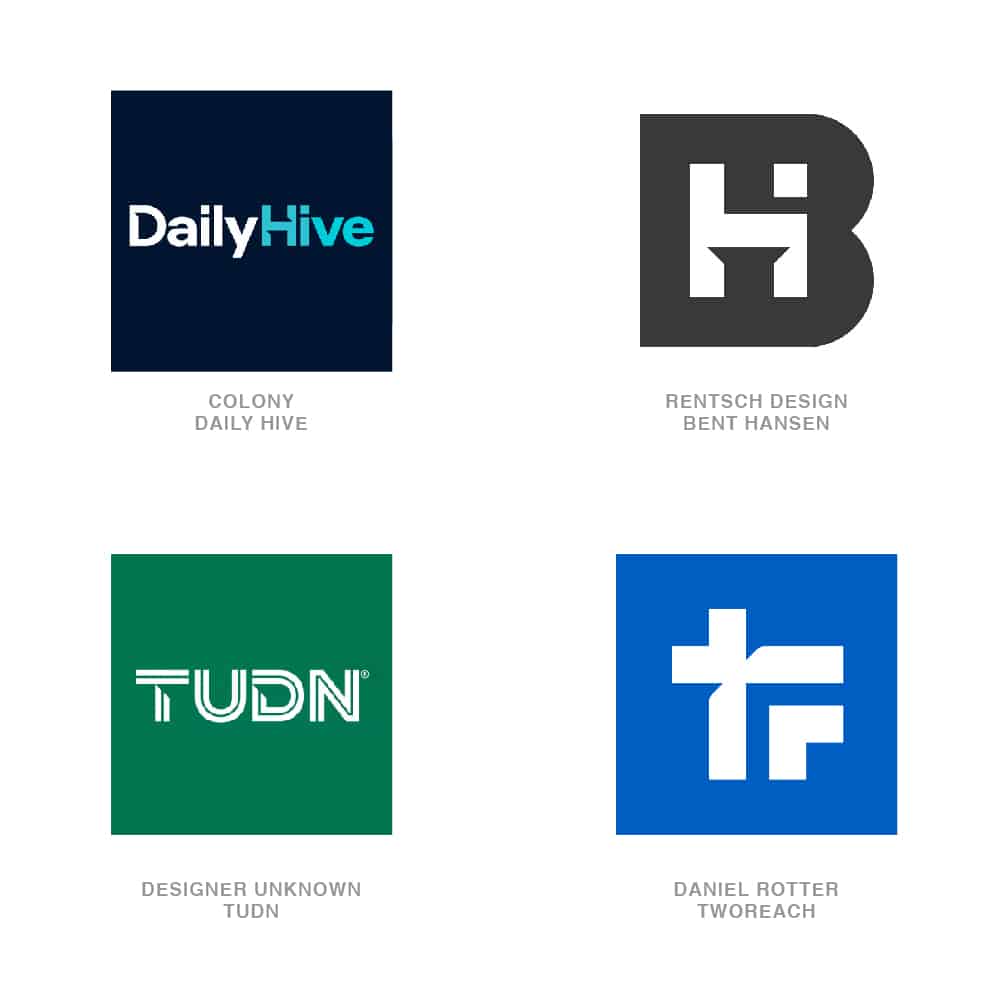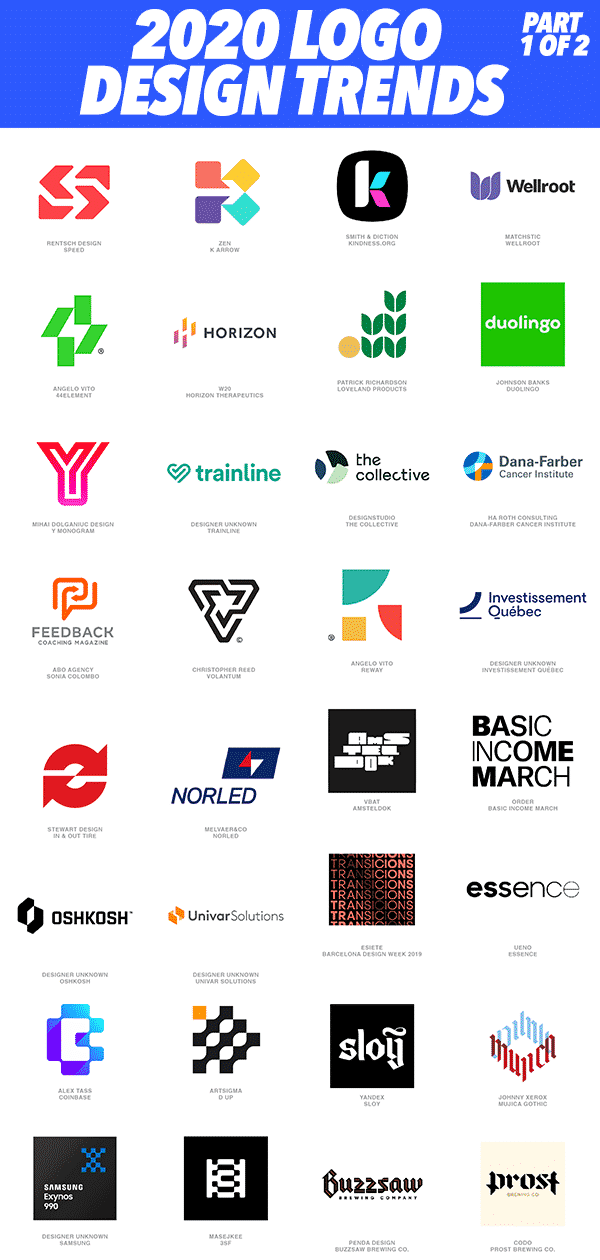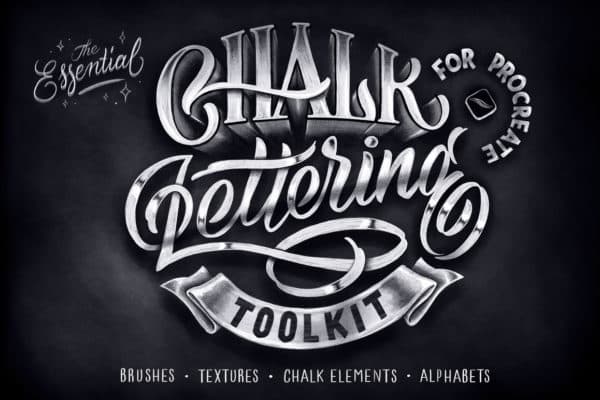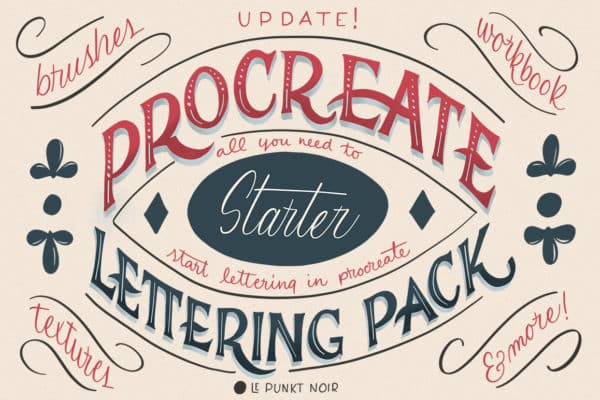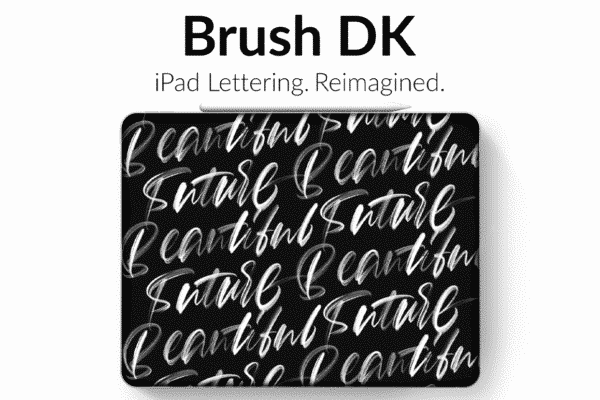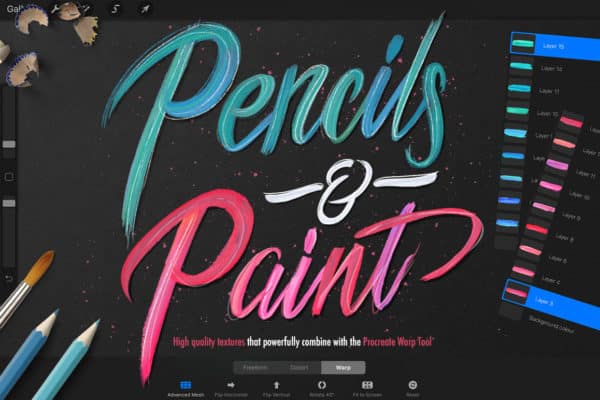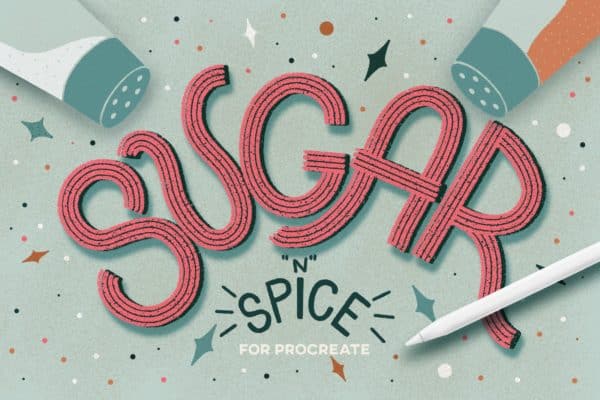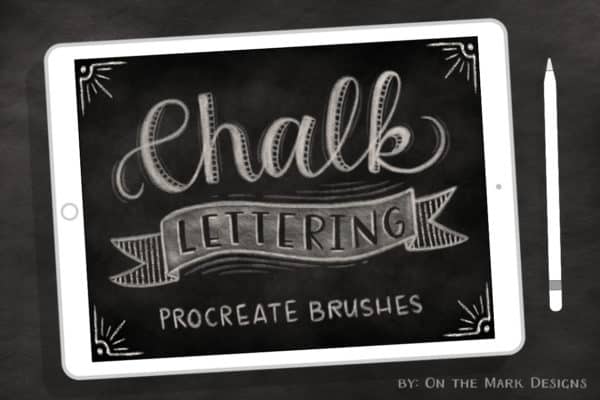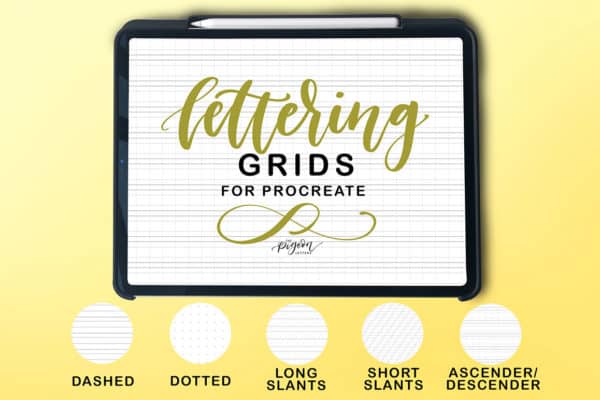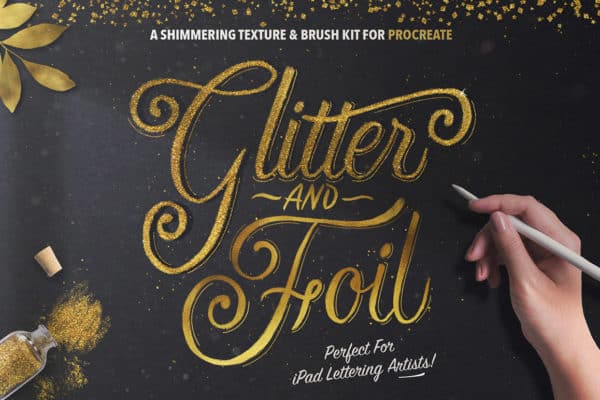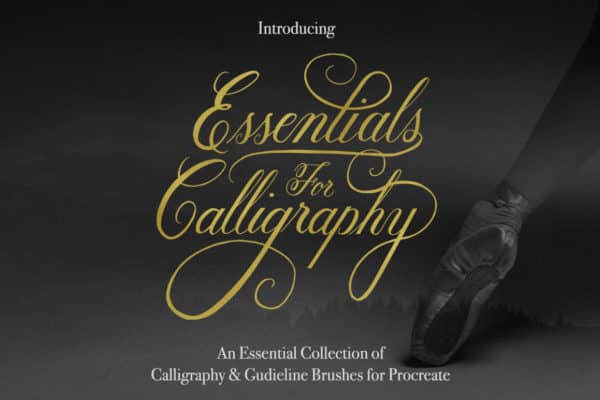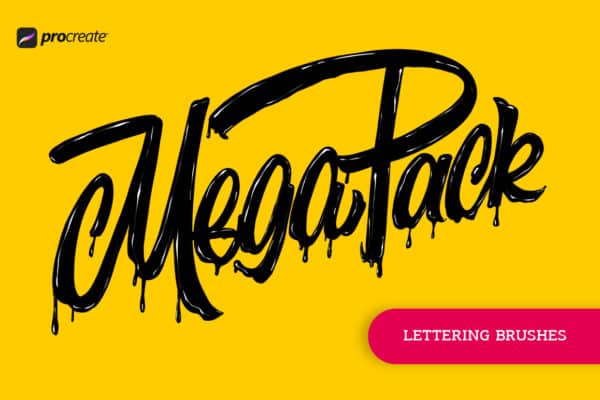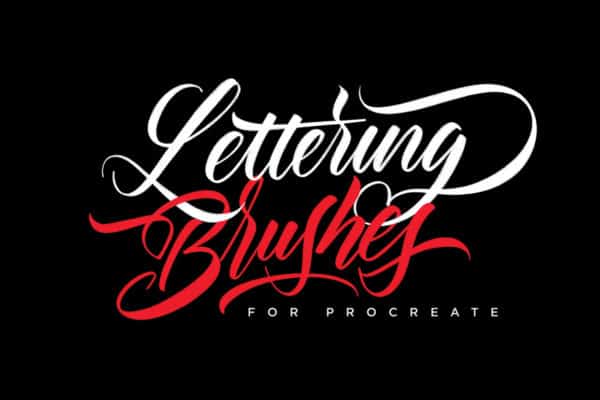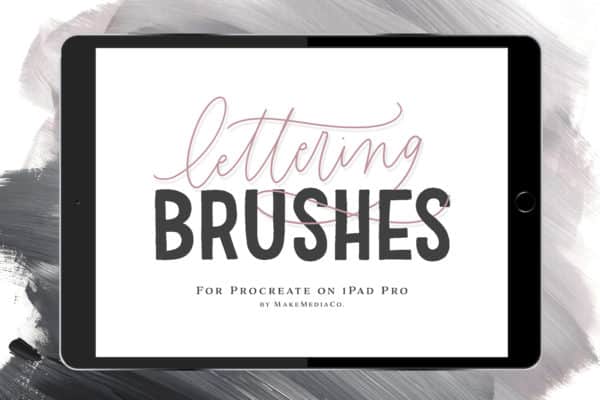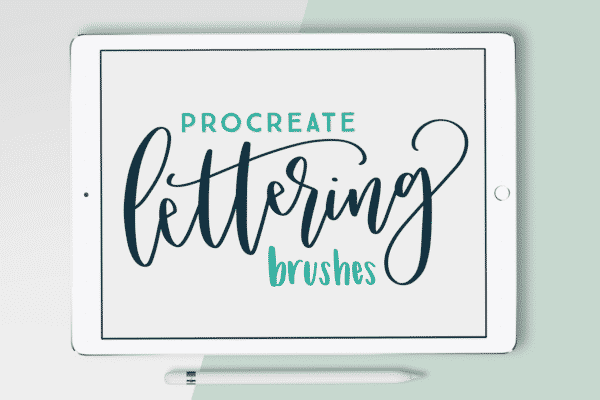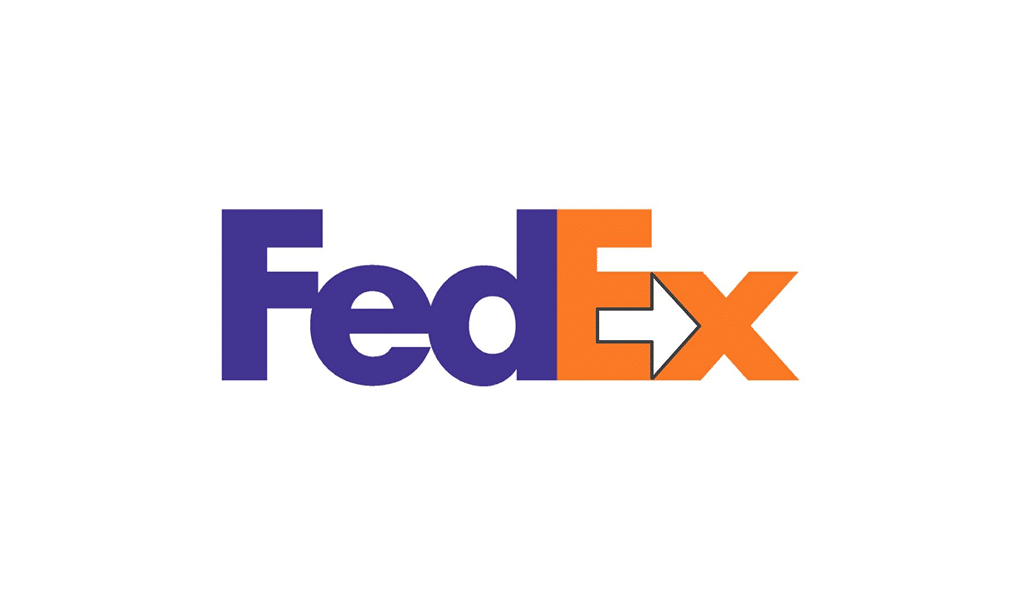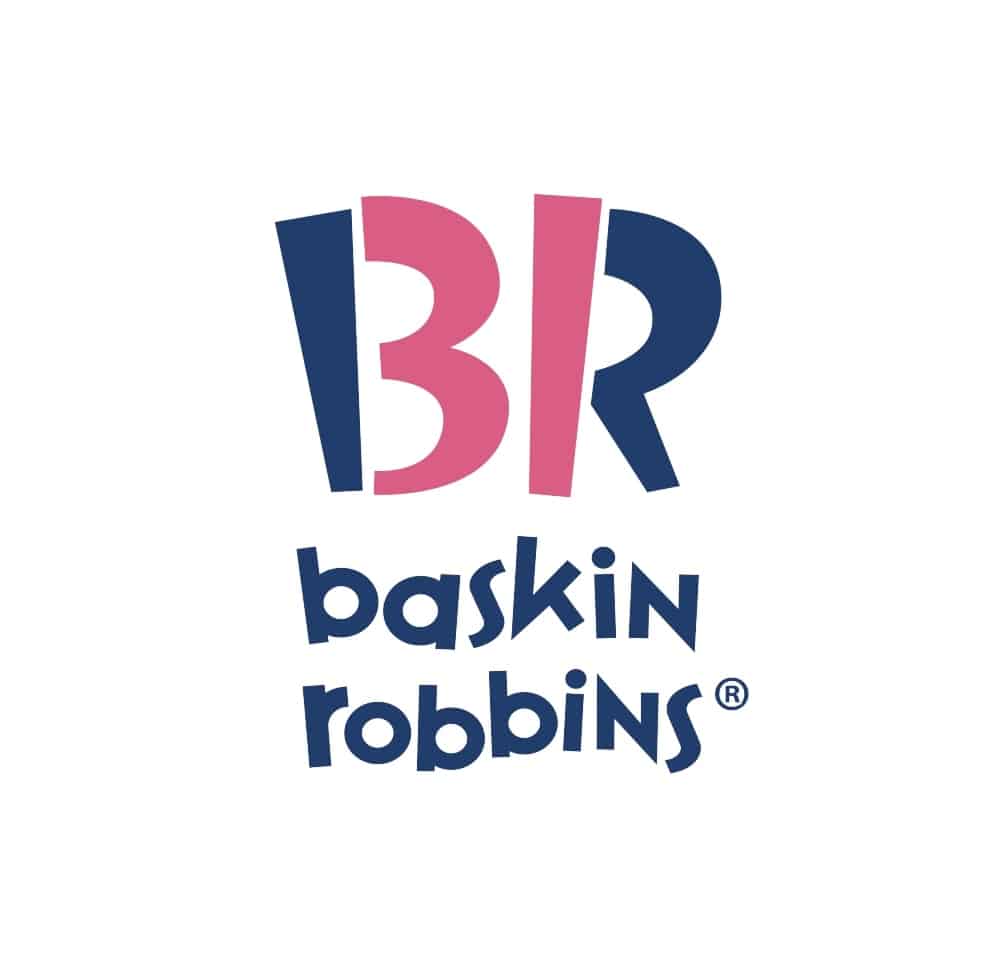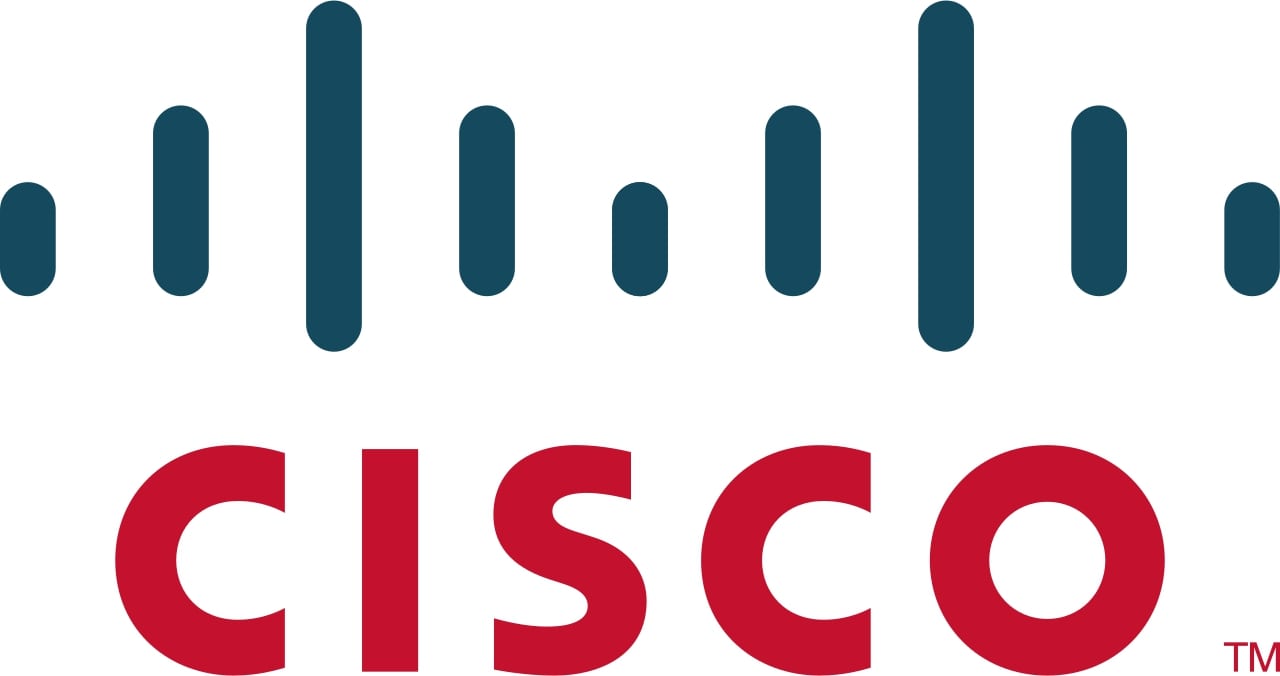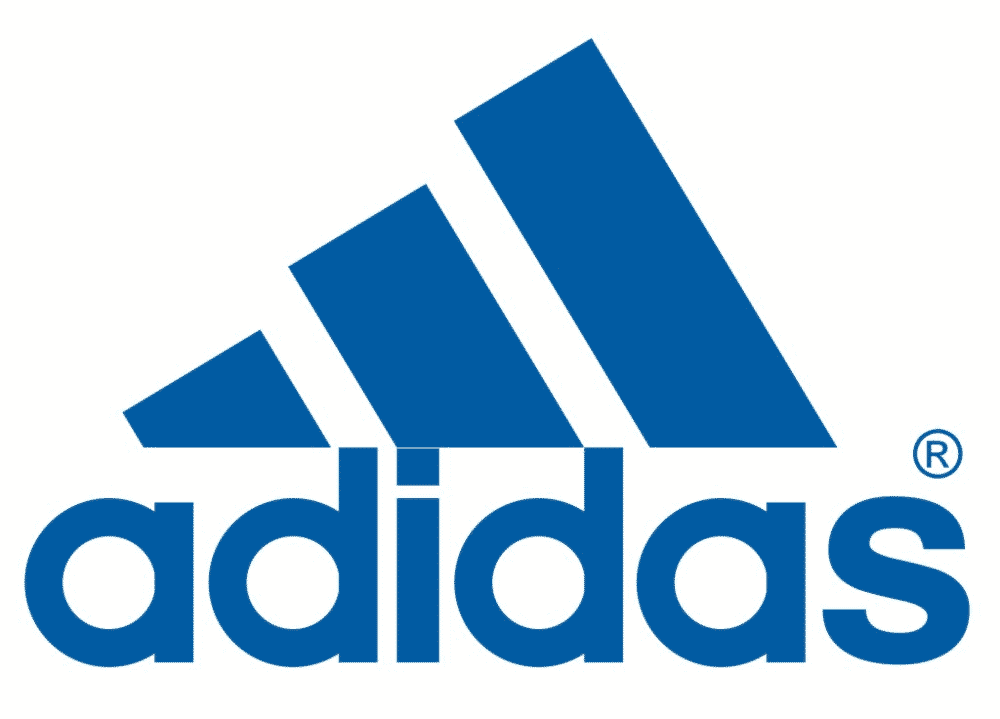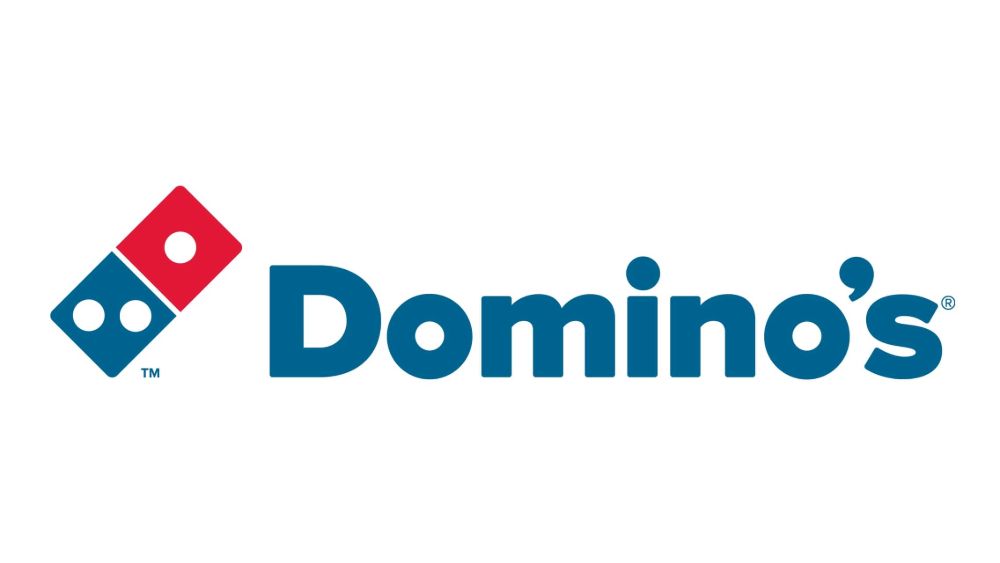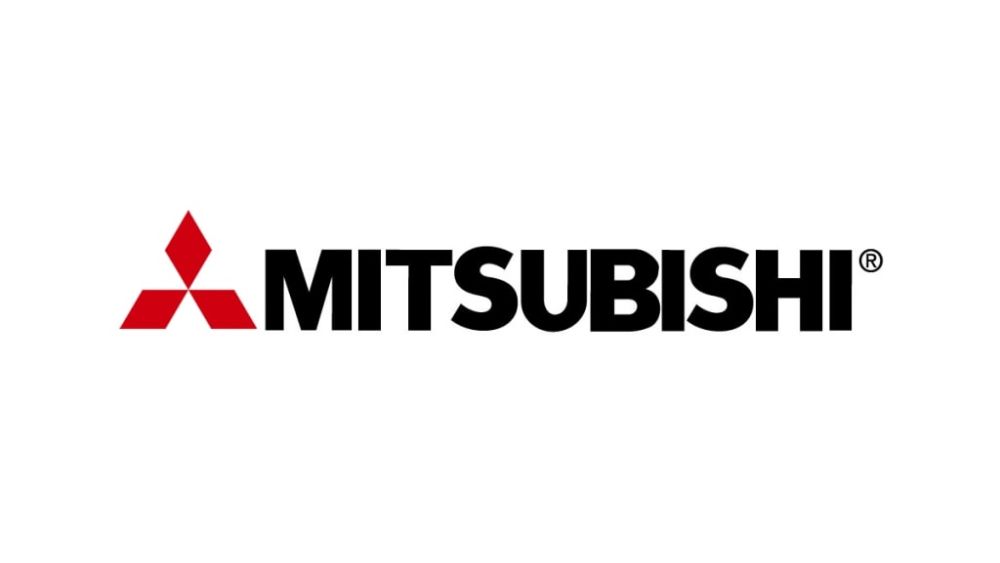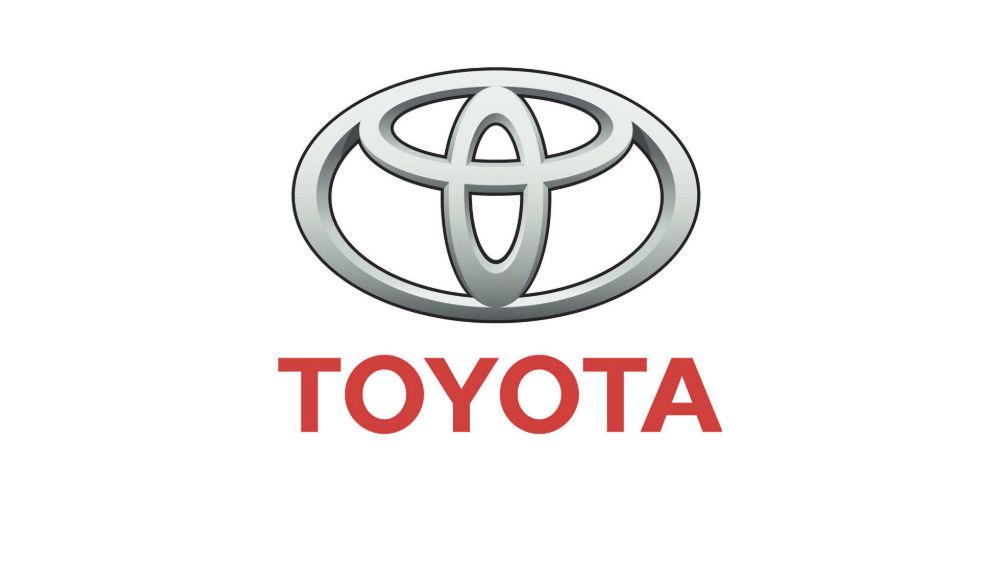This article has been contributed by Nico Prins.
When developing a brand strategy, you must recognize that there are many different types of branding. Your brand strategy is based on an understanding of your target audience, the type of marketing campaigns you want to run, and the end goal. Each of these variables will define your approach.
In this guide, we’ll look at seven of the most common types of branding. We’ll cover each of these types of branding in turn and discuss the underlying principles you need to understand when devising your brand strategy.
Let’s quickly touch on the principles of an effective brand strategy before we get into the nitty-gritty.
The Principles of An Effective Brand Strategy
A brand is more than just your company’s logo, slogan, or even its name. A branding strategy involves defining the company’s purpose, target market, and value proposition.
Once you have defined what you stand for, you need to generate brand equity. This is simply showing customers that those brand values are not simply empty words.
It takes time and resources to build a brand and generate brand equity. The investment is worth all the name recall and repeat business that will result.
Different companies will require different approaches to branding to generate brand equity. In this guide, we take a close look at the types of branding, so you understand what they are, and importantly how they can be leveraged to help you achieve your business objectives.
The 7 Types of Branding
Below we will explore the seven types of branding:
- Product Branding
- Corporate Branding
- Service Branding
- Personal Branding
- Geographic Branding
- Cultural Branding
- Retail Branding
1. Product Branding
Product branding is the most common type of branding. You see product branding everywhere you go. Through words, colors, and images, product branding sets apart one item from another.
Effective product branding starts with an understanding of the end consumer, their desires and the competitive landscape that you’re entering. All of these variables help determine the brand strategy, which will in turn, impact the product roadmap.

Take the example of Oreo cookies. Until the middle of the ’90s, the principal market was the US. Kraft, the parent company, decided to try to sell the cookie in new markets. They were most interested in China and India, which, due to the size of the respective countries, offered a massive market for the product.
Oreo was launched in China in 1996, with the same product that was offered in the US. The product launch failed. Kraft turned to consumers to ask what went wrong. Through interviews, they discovered:
- The flavors were too strong
- The cost of a packet was too high
Oreo relaunched in China with a new reduced sugar recipe and smaller packets. The launch was a success and led Oreo to create several new variations that accommodated local tastes. For example, Oreo green tea ice cream and Oreo Double-Fruit.
Kraft replicated its China strategy to enter the Indian market to great success. They adapted the ingredients to suit Indian tastes and leveraged the brand equity of Cadbury, a recent acquisition by Kraft, to distribute the product around the country. Oreo was adapted to the local market and marketed, which was key to the success of the product.
2. Corporate Branding
Brand reputation plays a massive role in the success of a business. Everything a company does – the products it sells, target audience, how it treats suppliers and employees, and even its name – affects reputation. It can also impact your pricing strategy.
A good example of corporate branding is the automobile industry.
You might not be aware, but in the automobile industry there’s a practice called badge engineering. This is where two identical cars come off a production line and are given different names and badges. The Aston Martin Cygnet and the Toyota Scion iQ are one such example.

They are identical cars with different brand identities.
The Cygnet would cost £35,000+ if you bought it new from the showroom. The Scion iQ would set you back £10,000+ from the showroom.
That’s a large price differential for the same product. The reason for the different pricing models is as obvious as it is ridiculous.
- Aston Martin is a luxury brand. Luxury brands are exclusive. To maintain the brand value, all of the products offered by the company need to be expensive
- Toyota produces cars for the mass market. The cars they offer are affordable. To maintain the brand value, all of the products offered by the company should be affordable
Crazy, but true.
The foundations of a successful online company are based on many of the same underlying concepts we touched on in the product branding section. You need to understand your target audience and define your Unique Selling Points. Then create your brand guidelines, which covers everything from how you communicate your brand through to its visual representation.
For companies that rely on a digital presence, things like your URL become an important base for the brand. Most of the biggest companies on the net have easy to remember URLs.
“Securing the website URL has been an important part of the success of our company. When you look at the other top calendar apps there’s a natural credibility behind calendar.com that draws people there first. We’re reaching more than 500k visitors a month with a high proportion of repeat visitors. Having an easy to remember name helps.”
John Rampton, CEO, Calendar.com
Calendar.com is not an isolated case. Tesla famously paid $11 million for its branded URL.
The final point to keep in mind with corporate branding is that you will need a periodic refresh. This is an opportunity to update the visuals of the company to make them fit with current design trends.

Image source: Branding Strategy Insider
A brand refresh offers a perfect opportunity to assess your brand values and positioning. Any brand refresh that seeks to reposition a company must go deeper than just a nice new logo.
3. Service Branding
Whatever field of business you’re in, one of your biggest challenges will be in ensuring that you deliver excellent service at all times. Service is all about the relationship between you and your customer or service user.
Your service is defined by the experience you provide your customer, whether they are calling your hotline, coming into your store, or meeting with you in person.
Some elements of service branding you will have control over and others you won’t. The graphic below is a nice illustration of the different moving parts that constitute the service branding model.

The rise of the internet has made service branding more complex as more communication channels open up. Maintaining the quality of your service across multiple channels is becoming the holy grail, and brand differentiator for many companies. This desire to provide a consistent service across multiple channels is known as omnichannel customer service.
Consistently great service builds a good reputation and strengthens your service branding. Ultimately, excellent service generally results in lower customer churn, which means faster company growth. It’s something that many companies are focused on at the moment, which is why omnichannel marketing is a buzzword in corporate circles.
4. Personal Branding
The concept of personal branding is often associated with public figures such as politicians, athletes, movie stars and social media influencers. This fame element is a driver of success for many successful entrepreneurs. Gaining a social profile can help business leaders land new clients and generate a fanbase.
The entrepreneur Richard Branson is a good example of a public figure who has spent a lot of effort creating a recognizable personal brand – fun, adventurous, disruptive, philanthropic – which is well known globally. His branding has rubbed off on some of his companies, which are all under the Virgin brand.
Another obvious example of someone who has a high public profile, which has both benefitted and negatively impacted his companies, is the Tesla CEO and SpaceX founder Elon Musk. Regardless of what you think of him, it is clear that he has hundreds of thousands of adoring fans who would purchase or support almost any product that he promotes. A nice example of this is when he generated $1 million selling branded Boring Company baseball caps.
You don’t need to be a billionaire to benefit from personal branding.

I put a lot of effort into creating a body of relevant guides that reflects my knowledge of the marketing niche. This has helped me grow a comfortable five-figure business in less than 12 months around my SaaS consultancy services.
As a company or even an employee, you can benefit from personal branding. First, define what you want to be known for, then develop a strategy for publicly promoting yourself as an influencer in the niche. Depending on the niche you choose, it’s a lot easier than you might think.
5. Geographic Branding
Geographic branding seeks to attract people to visit or invest in a company or region because of a geographic association. Cities, regions, and entire countries practice geographic branding by capitalizing on the things that set them apart from other areas, such as tourist attractions or areas of natural beauty.

Take the example of the Eiffel Tower. It’s instantly recognizable as a French national icon. Numerous businesses use the image of the Eiffel Tower to identify themselves as Parisian.
Companies can practice geographic branding to make themselves more attractive to certain demographics. A prominent example of this is vineyards in the region of Champagne that leverage geographic branding to sell their wines at a premium on the global market.
You can also apply geographic branding on a local level. For example, you’ll find many successful food producers offering a farm-to-table service that rely heavily on geographic branding.
6. Cultural Branding
Cultural branding seeks to build a positive shared identity and reputation for the people living in a particular place or of a specific nationality. It is closely linked to geographic branding. The two types of branding go hand in hand – a place’s geography influences the culture of its people, and human activities affect the place.
New York City, the “city that never sleeps,” is known as the world’s financial and commercial capital. But it is also one of the world’s cultural centers, influencing music, entertainment, fashion and art worldwide. The people who live there have a reputation for living a hectic, fast-paced lifestyle.
Again, companies can tap into cultural branding to boost sales. Take the example of Savile Row. The street is world-renowned as a place where rich British people go to get their suits. The tailors Gieves and Hawkes leveraged this cultural and geographic association to grow their business in mainland China.
7. Retail Branding
Retailers are the stores we all engage in our day to day lives. Many retailers sell products from many different manufacturers. In a supermarket, for example, you’ll find similar products from competing brands side by side on the shelf. Others sell only their own branded products.
Retailers strive to create a distinct brand for themselves. This is called retail branding. One of the most famous examples of an instantly recognizable retail brand is Apple. Their stores are often architectural works of art. The stores’ aesthetic design reflects the importance of good design for the company’s products.
Retail branding is complex because stores have layered objectives. For example, Amazon has a trendy bookstore in Seattle, which bears little resemblance to the enormous warehouses where most of its products originate.

Image source: Amazon
As a result of changes brought about by eCommerce, the shops you enter only account for a small portion of total sales. Yet, these stores play an important role in how customers perceive a brand as they are the primary touchpoint for most people.
Whatever Your Field, Branding is Crucial
Many ingredients go into a successful branding effort. In this guide, we looked at seven of the most common types of branding. Each type of branding we covered is distinct. However, they share many of the same underlying principles.
A successful brand has acquired brand equity by living up to the standards that the brand represents. They can then subsequently build on this through brand association. Learning the different types of branding will allow you to position your product, business or service at the forefront of customers’ minds.
_
About the author: Nico Prins is an online marketer and the founder of Launch Space. He helps companies develop their digital marketing strategies and make money blogging.
